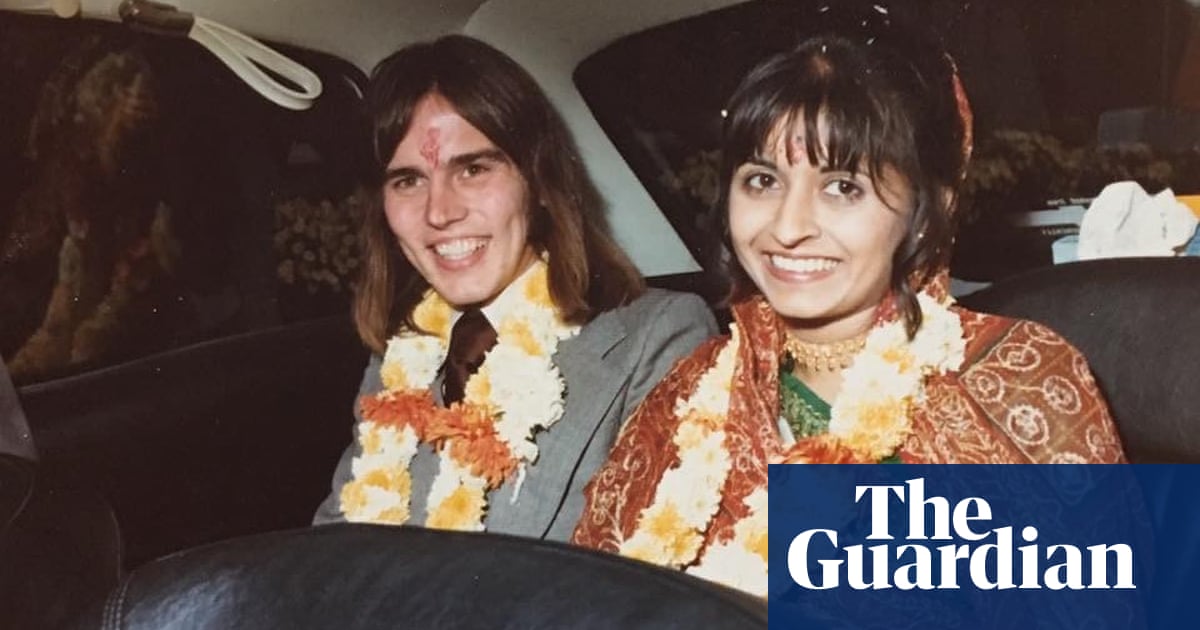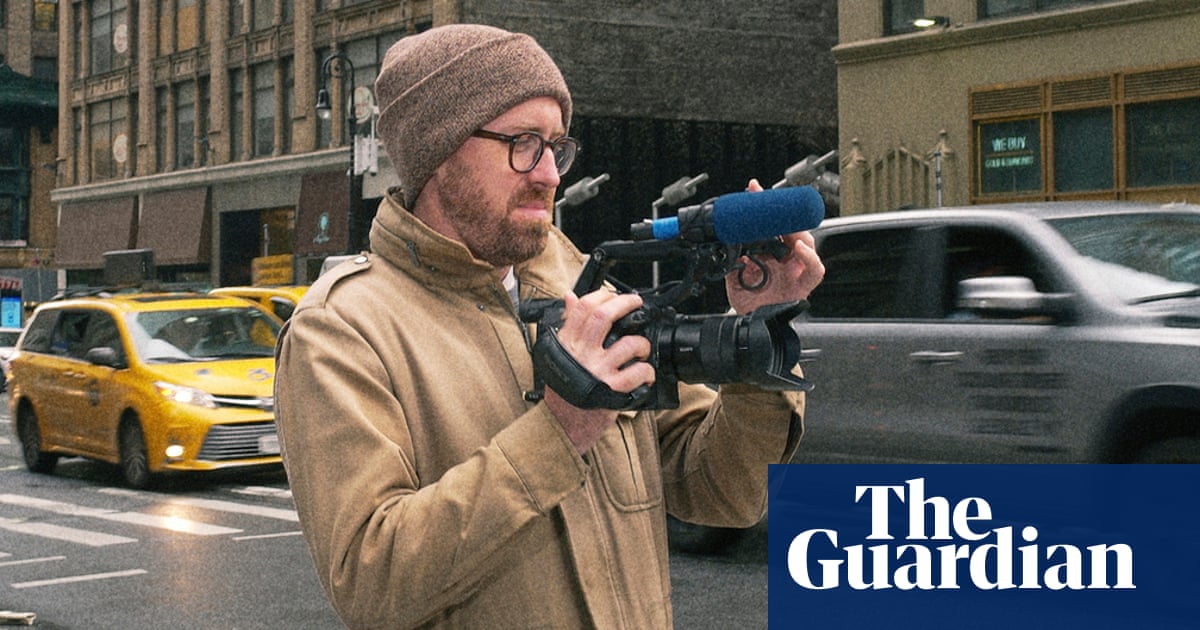
I grew up in Spain, with no TV in my house. For Christmas and birthdays, my family would give me action adventure books by classic authors such as Emilio Salgari, Jules Verne and Alexandre Dumas. When I was 16, I fell in love with the film Around the World in 80 Days with David Niven and Shirley MacLaine. I was fascinated how they had brought the book to life within the constraints of the film.
In 1972 I co-founded my own company – BRB International – initially to distribute cartoons such as Pink Panther, Maya the Bee, Pippi Longstocking and Vicky the Viking in Spain, but soon we decided to make our own cartoons and teamed up with an established Japanese animation studio – Nippon Animation. I went back to the books I had loved as a child, and thought about how to turn them into cartoons.
Our first project was Ruy, the Little Cid – based on the 11th-century Spanish hero. It was very successful, so I turned to Dumas’ Three Musketeers for my next inspiration. There was a lot of sword-fighting in the original story that we needed to soften for children, so we decided it would be more fun to use animals as the characters. I was living at the time with an American cocker spaniel called Sam, who was always wagging his tail. I thought: what could be better than a dog? So D’Artagnan, the fourth musteketeer, became Dogtanian. I bought two dog encyclopedias, placed them next to the Dumas book, and wrote the script. The main characters all became dogs, such as Dogtanian’s girlfriend Juliette, and the “Muskehounds” Arthos, Aramis and Porthos, and King Louis XIII, who was based on my dog Sam. The prime minister Cardinal Richelieu became an old fox, and we added some characters such as D’Artagnan’s sidekick Pip – a mouse. Milady, the devious spy, was a cat. I’ve never been fond of cats.
Although the animation studio was based in Japan, Dogtanian was animated in English – as cartoons usually are, because the English language has the shortest movement of the lips. The first voices to be added were in Japanese in 1981, then Spanish in 1982, and finally into American English in 1985. There is a huge colony of Americans in Madrid because of Torrejón airbase, so we were able to cast American actors without having to look abroad.
The series was a huge success around the world and especially on the BBC, who immediately bought the rights to our next cartoon, Around the World With Willy Fog.
One of the things everyone remembers is the theme song: One for All and All for One. It was written by Guido and Maurizio De Angelis, two well-known Italian musicians who had written many TV and film scores. I flew to Rome to persuade them to work with me and it was the start of a great relationship – I am godfather to one of their children – and they went on to write for me for other projects.
As a producer of cartoons, nobody knows my face, unlike if I was a big Hollywood producer. But when I give my name to make a restaurant reservation, or buy an airline ticket, or even when I was talking to the distributors in England for the new animated Dogtanian film – everyone starts singing the Dogtanian theme song at me. The same happens in Portugal, in France, in Italy. It’s unbelievable.
Toni Garcia, original storyboard artist/director of the new film
I was working as a storyboard artist when I first met Claudio in 1989. He was working on The Return of Dogtanian, which ran to a further 26 episodes, and was animated by a different Japanese studio and co-funded by Thames TV, and this time shown on CITV.
Alexandre Dumas’s original Musketeers books are quite short, and so we had to add quite a lot of new story ourselves. The funny thing is that years later, the BBC did a live-action series called The Musketeers, which is supposed to be based on the original books but actually includes a lot of the plot from Dogtanian – even though it doesn’t have any dogs in it.
The original cartoons always seem to bring up a lot of nostalgia. I am now the director of the new animated Dogtanian movie. We’ve been respectful – for example, we’ve re-recorded the theme song, but with a full symphony orchestra and chorus. One thing that we have changed are the female characters. In the original, they had relatively minor roles. Juliette especially was quite passive. Now she’s in charge of the team, very active and full of initiative. Some of the original Spanish voice actors are still alive so we were able to get them to be part of the Spanish version of the new movie. The Spanish actor who originally voiced Juliette – Gloria Cámara – is now 40 years older, so this time she plays Dogtanian’s mother.
Dogtanian and the Three Muskehounds is in cinemas.
This article was amended on 5 July: the second series was shown on CITV not BBC.












